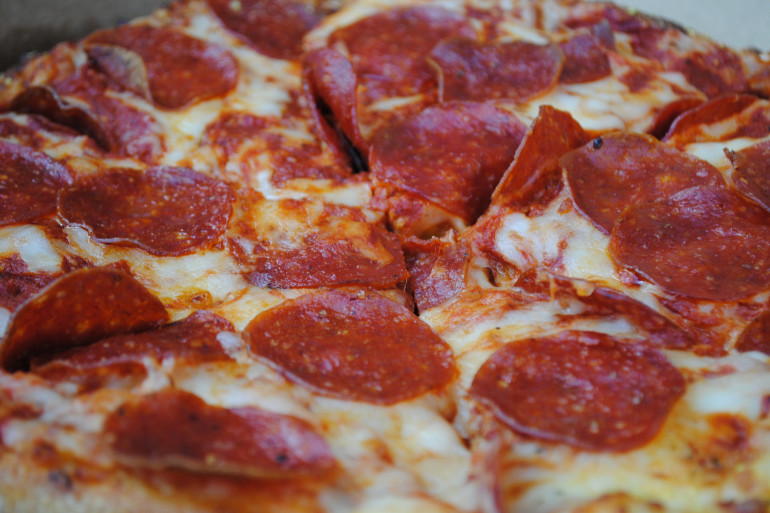In recent years, the issue of obesity has come to a head. A whole host of solutions have been proposed, including an initiative started by Michelle Obama called Let’s Move. Unfortunately, despite even the best efforts, obesity rates don’t seem to be going down by a noticeable margin.
What gives? Well, the truth is that our obesity problem extends further than most programs can ever reach, largely because the real underlying problem is intertwined with another major American issue: poverty.

Photo courtesy of retthanover.com
A huge contributor to obesity in the United States is the prevalence of food deserts in impoverished areas of our country. A frightening fact about these deserts (which are not actual deserts but areas with little to no access to nutritious food) is that out of the over 23.5 million Americans who live in these areas, over half of them also live in poverty.
Some food deserts even go unreported because small convenience stores that sell mostly pre-packaged and primarily unhealthy foods also technically qualify as grocery stores. Even if people in these communities stick to exercise regimens or attempt to live a more healthy lifestyle, research shows that you cannot out-exercise a bad diet. This means that even initiatives like Michelle Obama’s Let’s Move doesn’t end up being much help to children who live in a place where they don’t have access to nutritious food.

Photo by Aarthi Chezian
It may seem easy to fix this problem by simply choosing healthier options, or making a longer commute to a grocery store, but then another problem arises: cost of food. Healthy food has been proven to be much more pricey than junk food, with a HuffPost article from 2013 stating that healthy food costs about $1.50 more per day than junk food does.
While this may not seem like a huge deal to some people, a person on food stamps can only afford $4 a day on food. When it comes down to quality or quantity, it makes sense that some would choose to eat more unhealthy food that lasts through the day over something healthy that will only last through a meal or two and potentially leave you hungry.

Photo courtesy of flickr.com
So now we come to a puzzling question: if exercise programs alone won’t work help combat obesity, and it’s too expensive to get healthy food in food deserts, what do we do to change things? While there is no definite, right answer in this situation due to the complicated circumstances that have led to the high levels of obesity in our country, there are things that we, as members of our individual communities, can do to help alleviate the problems.
Community gardens and farmer’s markets can help in the summer months, and in the winter many farmer’s markets move indoors to continue providing fresh food to locations where supermarkets may not be accessible.

Photo by Morgan Nagy
Though these solutions are good short-term fixes, we really need to shop and eat more consciously if we want to combat obesity and provide healthy food to people in food desserts. This means allocating our money to small farmer’s markets and affordable grocery stores in order to give them more resources to expand into food deserts and help put an end to obesity.


